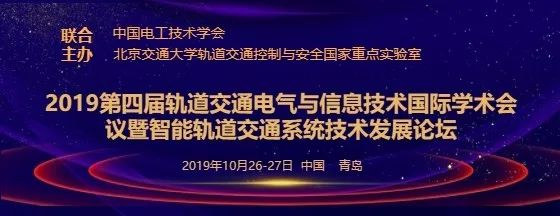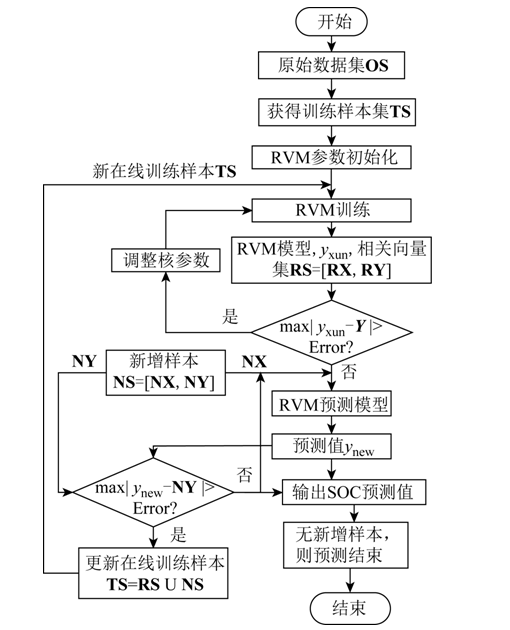

Conference Registration
Long press to recognize the QR code on the left, log in to the registration website (first register as a website member, then submit registration information)

Conference WeChat ID

In recent years, the rapid development of new energy vehicles has been achieved. Power batteries are key to the development of new energy vehicles and are also the largest bottleneck in terms of cost and technology. The state of charge (SOC) directly reflects the remaining battery capacity and is one of the important parameters in battery management systems. Accurate prediction of SOC provides a basis for ensuring stable battery operation, formulating battery balancing strategies, and intelligent charging, effectively preventing battery damage due to overcharging or over-discharging, extending battery life, improving energy utilization efficiency, and reducing usage costs.
Currently, data-driven methods have been widely applied in the field of lithium-ion battery SOC prediction. Among them, the Kalman filter algorithm’s initial value is given by the open-circuit voltage, while the accuracy of the algorithm itself depends on the selected equivalent circuit model. Neural network algorithms have shortcomings such as overfitting, tendency to fall into local minima, and structural design relying on experience.
The Support Vector Machine (SVM) algorithm effectively overcomes the shortcomings of neural network algorithms. Some scholars have compared the SVM algorithm with various neural network algorithms, and the results showed that the SVM algorithm using the radial basis kernel function has the best prediction effect for lithium battery SOC. However, the number of support vectors increases linearly with the increase of training samples, making the prediction model relatively complex.
To address this, some scholars have studied a simple incremental learning algorithm that retains both the support vectors and new samples for training while completely discarding non-support vectors from the training results, thus reducing the training samples and speeding up the training process. Its disadvantage is that it may lose useful support vectors, leading to inaccurate predictions.
The Relevance Vector Machine (RVM) algorithm has advantages such as requiring fewer training samples and having strong generalization ability compared to SVM and outputs results in a probabilistic form, automatically adjusting hyperparameters, with more sparse relevance vectors. Some scholars have selected voltage, current, and surface temperature as input data, preprocessed them through filtering and normalization, and directly used the RVM algorithm for SOC prediction, achieving higher prediction accuracy than the SVM algorithm. However, due to the sparsity of the RVM algorithm and the dynamic fluctuation characteristics of capacity data, the stability of the results when directly using the RVM algorithm for predicting lithium-ion battery SOC is poor.
To address the above issues, this paper combines incremental learning to construct an improved incremental learning relevance vector machine (Incremental improved RVM, IRVM) algorithm and applies it to the field of lithium-ion battery SOC prediction. Compared to the incremental SVM algorithm proposed in literature [11], the relevance vectors of the RVM algorithm are very sparse, and during retraining, there is not much loss of relevance vectors, so the impact of using the incremental learning method on the output of the RVM algorithm is minimal.
To verify the applicability and effectiveness of the proposed method, the study used three typical working condition datasets: UDDS, NYCC, and US06 for comparative analysis of the prediction effects and performance of IRVM, RVM, and Retraining RVM (RRVM). The results showed that the proposed IRVM algorithm has good prediction effects for lithium-ion battery SOC prediction. Therefore, this method can provide ideas and references for SOC prediction of lithium-ion batteries.

Figure 1 IRVM Algorithm Process
-
Official Update | Journal of Electrical Engineering, 2019 Issue 13
-
High-Precision Estimation Method for Lithium-Ion Battery State of Charge
-
Estimation of Lithium-Ion Battery State of Energy Based on Electric Vehicle Working Condition Identification Prediction
-
Vehicle-Mounted Lithium-Ion Battery State Estimation Based on Unscented Particle Filtering
-
China’s First Breakthrough in the Field of Lithium Slurry Batteries
-
The Hong Kong University of Science and Technology Successfully Develops Rechargeable Liquid Fuel, Capable of Powering Electric Vehicles and the Power Grid

Contact Us
Journal of Electrical Engineering: 010-63256949/6981
Email: [email protected]
Electrical Technology: 010-63256943
Email: [email protected]
Editorial Office: 010-63256994; Subscription: 010-63256817